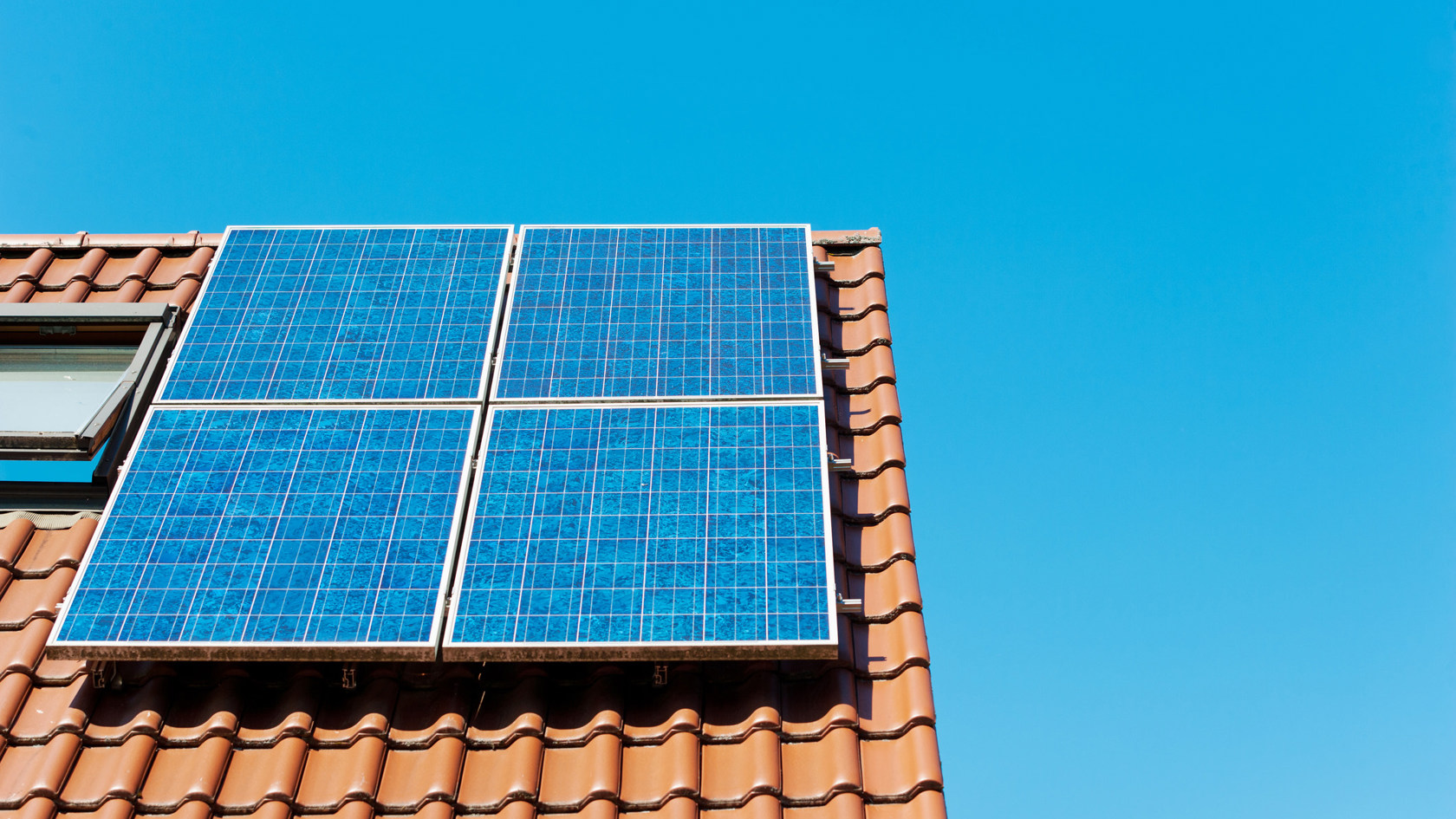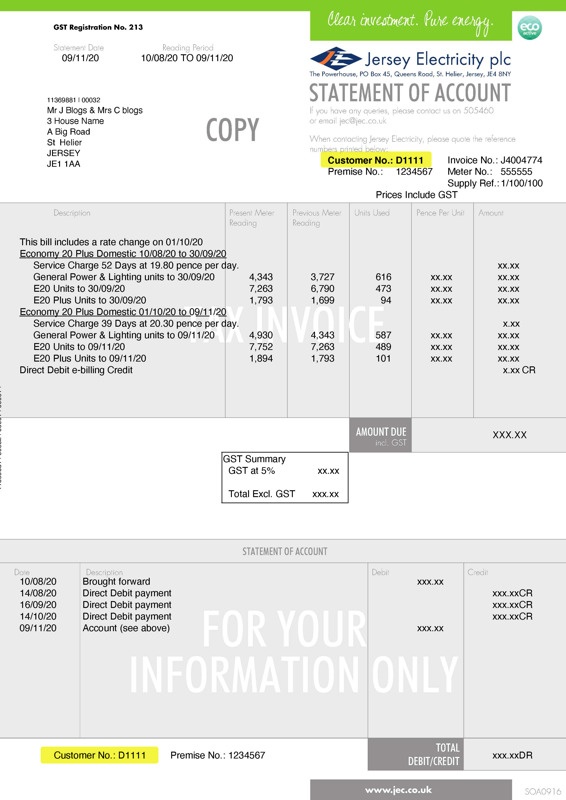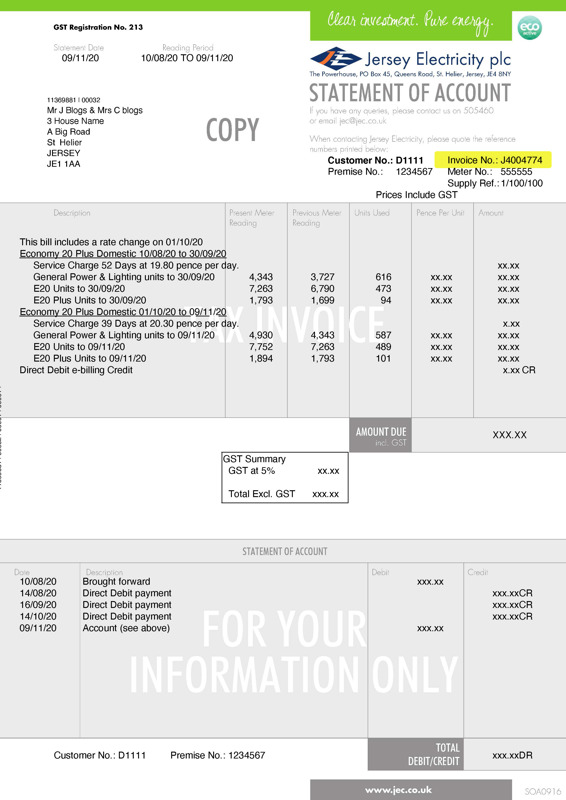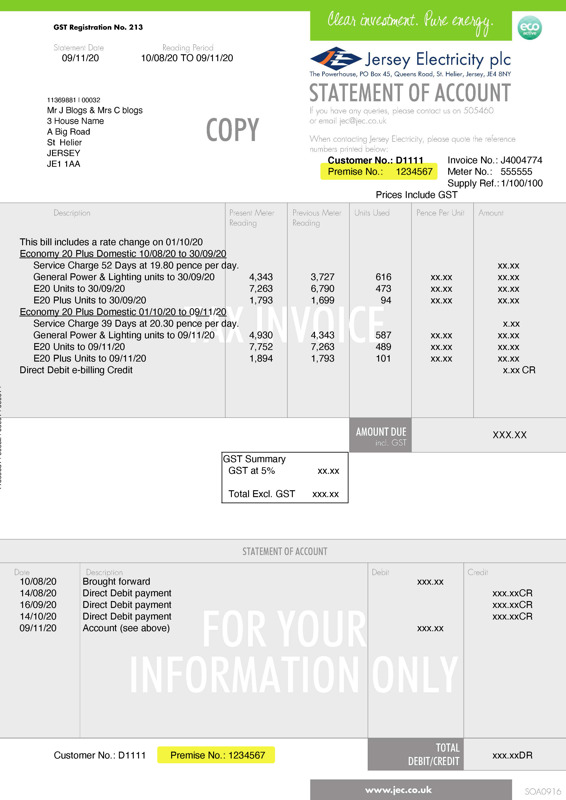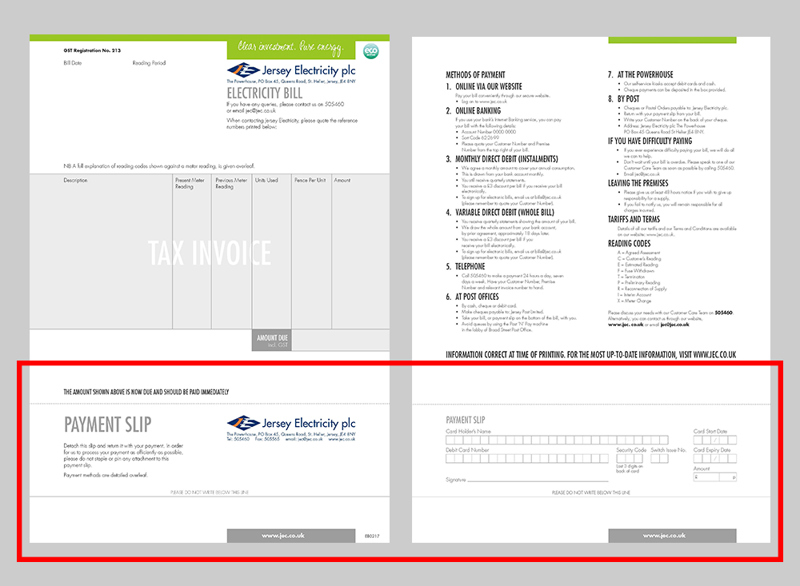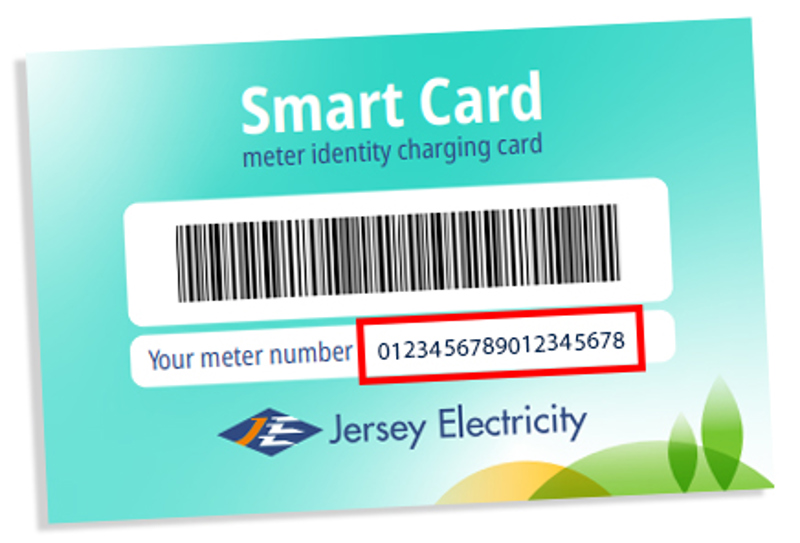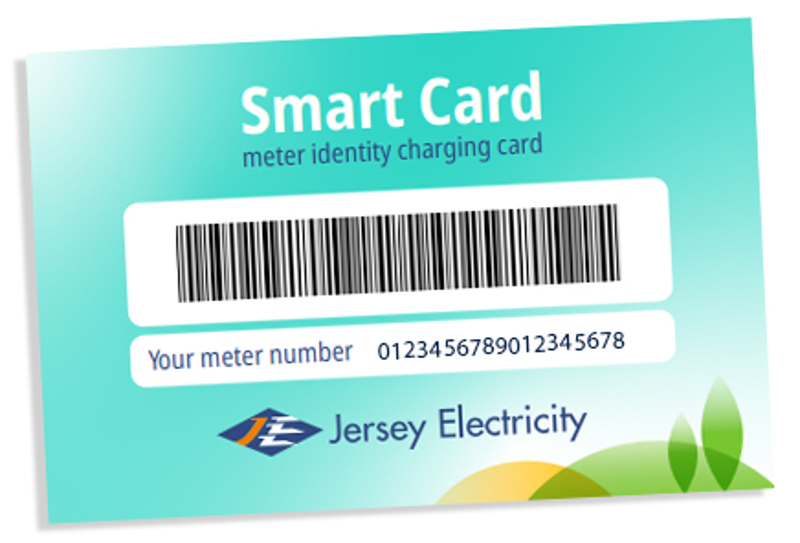Solar PV explained
Solar photovoltaic (PV) systems are made up of panels that fit on top of your roof, but you can also install them on the ground or fit solar tiles.
Solar PV cells are made from layers of semi-conducting material, usually silicon. When sunlight shines on the panels or tiles, electrons create a flow of electricity. An inverter then converts the direct current (DC) electricity generated into alternating current (AC) for use in your property.
Installing a solar PV system in Jersey won't materially reduce your carbon footprint, when replacing electricity, because the imported electricity we supply is already low carbon.

Solar PV loves the sun
Solar PV systems work best in full sunlight. They can work on cloudy days but the stronger the sunshine, the more electricity they generate. Other factors which affect performance include:
- Time of day
- Angle of the sun
- System orientation
- Cloud and shade cover
Performance is measured in kilowatt peak (kWp) - the number of kiloWatts a solar PV system will generate at its maximum performance level.
Is your roof suitable for solar?
Most solar PV systems are installed on roofs. The ideal roof for a solar array should face south, be unshaded, and at a pitch angle of about 30 or 40 degrees.
East or west-facing roofs can be used, but north-facing roofs are not recommended as they typically don't get enough sunlight.
Nearby buildings, trees or chimneys that would shade your roof will have a negative impact on the performance of your system.

Before you install your solar PV array
Before installing PV panels on your home, ask yourself some questions:
- Why am I doing this?
- Is it for the environment to reduce carbon?
- Or is it to save money and cut my energy bills?
- What is the energy profile of my home?
- For example, have you already got electric heating?
- Are you on an off-peak electricity tariff?
- What is your annual consumption and how is that split between heating/hot water (which will be on a low-cost tariff) and General Power and Lighting? The new app My JE can help you with this by providing you with energy profiling details.
Sizing for cost-effectiveness
Jersey’s electricity grid is already virtually decarbonised which means installing solar panels will not materially reduce your home's carbon footprint because the electricity produced by solar panels will simply be replacing low carbon grid electricity with low carbon solar electricity.
Savings on energy bills can be made if your solar array is accurately sized to meet your baseload demand and not overly sized. Installing a smaller solar array that meets your household’s electricity demand will pay back your investment more speedily than over-investing in a larger array that would take much longer to cover the higher installation and equipment costs by selling excess supplies back to the grid.
Heating and embedded generators (Solar PV, wind turbines, battery storage)
Embedded generators cannot be used with our low-cost, off-peak heating tariffs that are designed specifically for approved space and water heating.
If you are on a multiple-rate tariff, other than Economy 7 (E7), we recommend you size your array to meet your general lights and power load only.
We will, of course, pay for any excess units via our Buy Back Tariff, but you will continue to be charged the normal rate for your consumption on your heating tariff.
You could install battery storage alongside your embedded generator. So, when your generator is meeting the demand of your general lights and power load, any excess can be used to charge the battery to be used later to meet your general lights and power demand when you are not generating and without the need to buy units from us.
Another opportunity is to consider the installation of a solar diverter, which diverts spare generated electricity into your hot water tank before it exports to the grid.
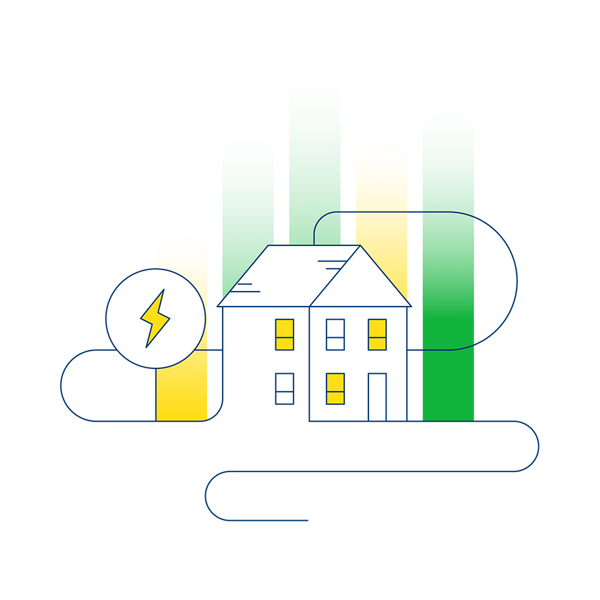
Export surplus energy back into the grid
If your solar PV system generates more than you can use or store. You can export any surplus electricity back to the grid, and we will pay you for it through our Buy Back Tariff.
But as there are no Government subsidies in Jersey, such as the Feed-In Tariffs (FITs) that used to exist in the UK, the rate you will receive off Buy Back is purely what the power is worth. This does not compare with the rate you pay for electricity because that unit price has all our network building and maintenance cost built into it. Solar panels will generate electricity, not money, in Jersey.
A third and important point before you go ahead is to check the size of your meter cupboard because we will have to fit another dedicated buy back meter to calculate how much electricity you do sell back to the grid, so it is essential you have room for this. See our meter cupboard specifications.
For further information visit our FAQs and or see our step-by-step guide to home installations.
Tell us about your installation
And please remember, you must notify Jersey Electricity in writing BEFORE you install solar PV panels or battery storage systems and within 30 days of energising the installation to comply with G83 and G59 requirements.
We call this type of equipment embedded generation, and you can find installation advice about it in our Trade area.

